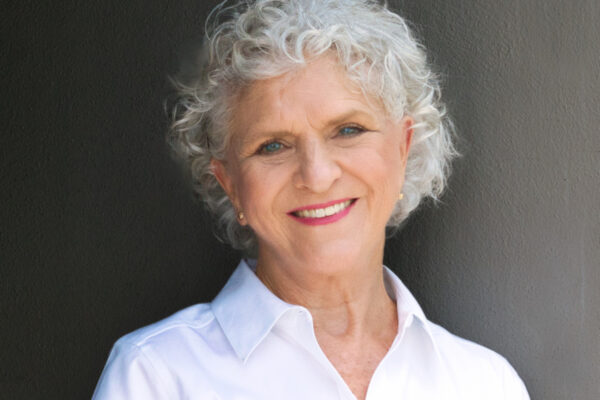I often say “I don’t know.” People are surprised and stare in disbelief. In order to sooth their chagrin at my ignorance I follow up by saying: “You would be surprised at what I ignore. Almost everything.”

It is good to ignore so much because at my age I can discover facts, ideas, people and can delve into the activity I like best: learning.
Recently I visited an exhibit about Jules Verne (1828-1905), the writer who magnetized my childhood with the adventures of his characters in Around the World in Eighty Days and Twenty Thousand Leagues Under the Sea among many others. Verne is an important character in my biography.
Verne did research and consulted travel books by people unknown to most of us today.
At the exhibit I could see old manuscripts, travel books, ship models, and biographies of different people who were, in one way or another, touched and influenced by Jules Verne.
And one such was Nellie Bly who caught my imagination after seeing there her short biography photographs. On my way down I had to retrace my steps because I could remember Bly but not her first name, Nellie.
Nellie Bly, a pioneer woman journalist
Her real name was neither Nellie nor Bly, but Elizabeth Cochran, later Cochran Seaman, after her marriage, and she was from Pennsylvania.
Having lived in that state for many years, and in different cities, it may be odd that I had never heard of her.
A pioneer woman journalist born in 1864 in Cochrans’s Mills, near Pittsburgh, had escaped my notice, even though pioneer women in any walk of life have always attracted my attention.
What’s the big deal about her? She was born, I repeat, in 1864 and died in 1922, almost a hundred years ago.
In 58 years this woman from the 19th and 20th centuries was able to cut a literary and adventurous figure in her own right.
She was a traveler, writer, feminist, journalist, businesswoman, social worker, animal lover and defender of the oppressed, no less.
Also read: Who were the Indianos?

She traveled around the world in a record-breaking 72-day trip, proving that Jules Verne’s challenge could be met in less time.
She started the trip in November 14, 1889, travelled 24,899 miles, by steamship and railroads. She even had time to stop by Amiens to visit Verne and his family.
Pictures can be seen in the Library of Congress. And she came back in one piece, unscathed.
In Ten Days in a Mad-House she writes: “On the 22d of September I was asked by the World if I could have myself committed to one of the asylums for the insane in New York, with a view to writing a plain and unvarnished narrative of the treatment of the patients therein and the methods of management, etc. Did I think I had the courage to go through such an ordeal as the mission would demand? Could I assume the characteristics of insanity to such a degree that I could pass the doctors, live for a week among the insane without the authorities there finding out […] I said I believed I could. I had some faith in my own ability as an actress and thought I could assume insanity long enough to accomplish any mission intrusted (sic) to me. Could I pass a week in the insane ward at Blackwell’s Island? I said I could and I would. And I did.” (Emphasis mine.)
The result was an exposé that launched a new investigative journalism, for which she became a pioneer, published by the New York World newspaper.
She exposed the brutality and neglect at the Blackwell’s Island’s Insane Asylum for women which caused a great sensation among the public.
She risked her life and her sanity, of course, but she was a professional.
She redefined the role of women in her society
Bly’s career was launched because she was infuriated by a bigoted article in The Pittsburgh Dispatch belittling women, to which she replied.
Her answer caught the attention of the editor who asked her to write more for the paper.
With no college education, with a hard life as an orphan and the daughter of a widowed and divorced mother who kept a boarding house, she overcame all to become “the best reporter in America,” as the Evening Journal called her when she died, in a male-dominated journalistic world.
She redefined the role of women in her society.
A chance visit to Verne’s exhibit made it possible for me to make the acquaintance of this strange reporter and valiant woman.
I urge you to visit Arthur Fritz’s webpage to learn more about this “groundbreaking female journalist.”
You will be surprised, I am sure. I also recommend this interesting paper by Martha Groppo.





Leave a Reply